Daily or monthly lenses? 5 frequently asked questions about price differences and care

Daily and monthly contact lenses are equally populars.
Find out which contact lenses are the most affordable and best suited to your lifestyle!
Are daily or monthly lenses cheaper?
If you want to compare monthly lenses with daily lenses, you will probably find that monthly lenses are cheaper on average. However, this can be misleading, as it depends on how you use them. If you wear your contact lenses every day, then yes, monthly lenses work out cheaper. However, if you use your lenses on a more occasional basis (for example, only during sports), then daily lenses will be cheaper in the long run.
So, bear in mind how often you wear your lenses.
Our daily lens recommendations:
Are hard or soft monthly lenses cheaper?
Soft monthly lenses are cheaper than hard monthly ones. The hard material is much more resistant and partly explains the higher price. In addition, hard contact lenses are often specially adapted, for example in the case of astigmatism, making soft monthly lenses the cheaper option.
How does the cost of daily and monthly lenses compare over a year?
If you use contact lenses every day, daily disposable lenses will be more expensive than monthly ones.
A 90 pack of daily lenses costs roughly between £40 and £60. This would be around £160 to £240, for daily use throughout the year. What's more, different lenses are often needed for the right and left eye, which means you'll pay twice as much. However, the cost factor for the care of contact lenses does not apply to daily contacts.
It is impossible to make a precise calculation for monthly lenses, as we have such a wide variety in our shop and the cost swings between £12.50 and £37 for packs of 6 lenses. However, let's choose a price somewhere between the two extremes, for example £25 for a box of 6 lenses: that would make it £50 a year, for one eye. Then you'll have to add the cost of the solution needed to clean your lenses and keep them moisturised, which usually includes the lens case.
In both cases we are talking about lenses for myopia or hypermetropia. Toric and multifocal lenses have a higher cost of production and are more expensive.
How expensive is the care of monthlies compared to daily lenses?
For monthly lenses, various solutions can be used, including basic cleaning solutions, disinfectants, saline solutions and protein solutions. Daily lenses, on the other hand, do not require this care and are disposed of at the end of the day. Monthly lenses therefore cost additional money and require time for their care.
Our monthly lens recommendations:
What are the pros and cons of monthly lenses?
As we've seen, monthly lenses are cheaper on average but they require more maintenance, and the cost of care and cleaning must be considered. Also, if you lose your monthly disposable lens, you will lose a considerable amount of money compared to a daily disposable one.
However, monthly lenses are popular with many lens wearers. They are perceived as being more comfortable, especially if you travel a lot and do not want to change your lenses every day. If you use monthly lenses, bear in mind that it is essential to clean and store them as hygienically as possible, to prevent eye infections caused by germs and bacteria.


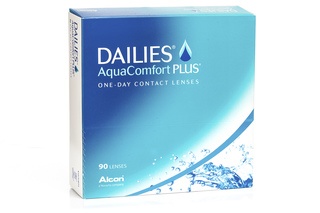






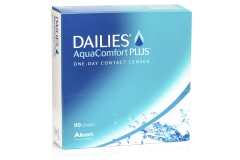
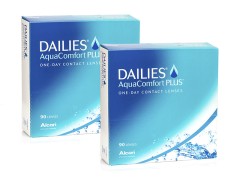
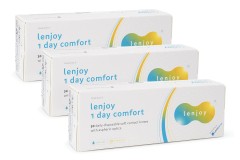
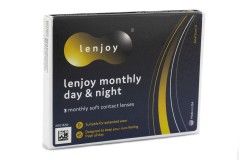

Mike K.
Please remember that the 2002 Moorfields Study showed re-usable lens wearers are almost four times more like to experience an adverse event than daily lens wearers, basically daily lenses are safer
Reply
Dear Mike,
Thank you for your comment and additional information.
Have a lovely day.
Reply